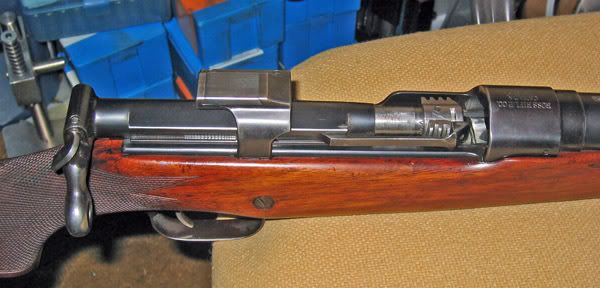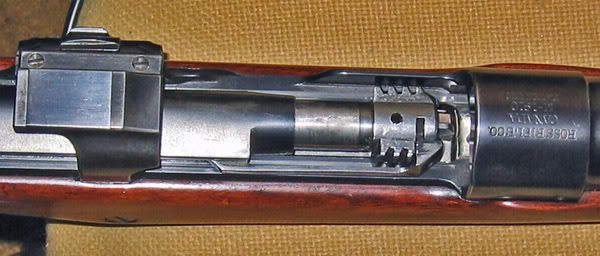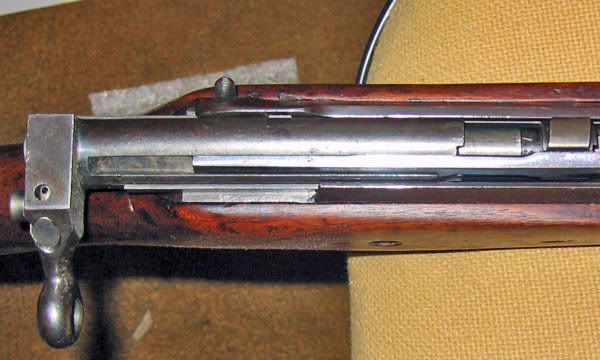Can an interupted threaded bolt locking lug design be made and used to replace the traditional 2-3 locking lug design of most BR bolt actions?
Can the interupted thread locking lug design be made to withstand the same rear thrust pressures as a traditional 2-3 lug bolt design?
With an interupted bolt lug thread design could all the extraction and timing issues of a traditional 2-3 lug design be eliminated and simply replaced by the thread pitch rotation of the interupted bolt lug movement?.............Don
Can the interupted thread locking lug design be made to withstand the same rear thrust pressures as a traditional 2-3 lug bolt design?
With an interupted bolt lug thread design could all the extraction and timing issues of a traditional 2-3 lug design be eliminated and simply replaced by the thread pitch rotation of the interupted bolt lug movement?.............Don






